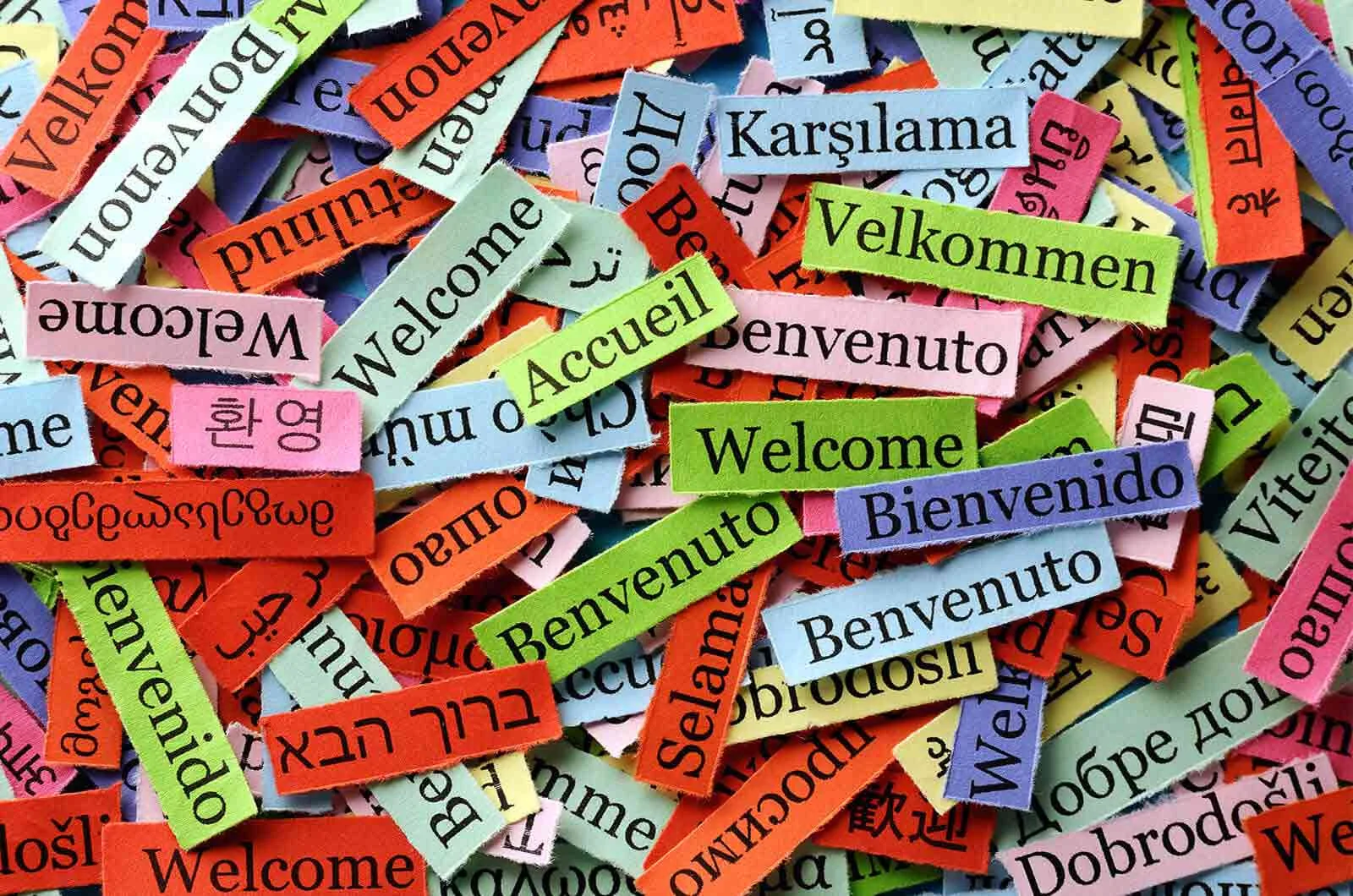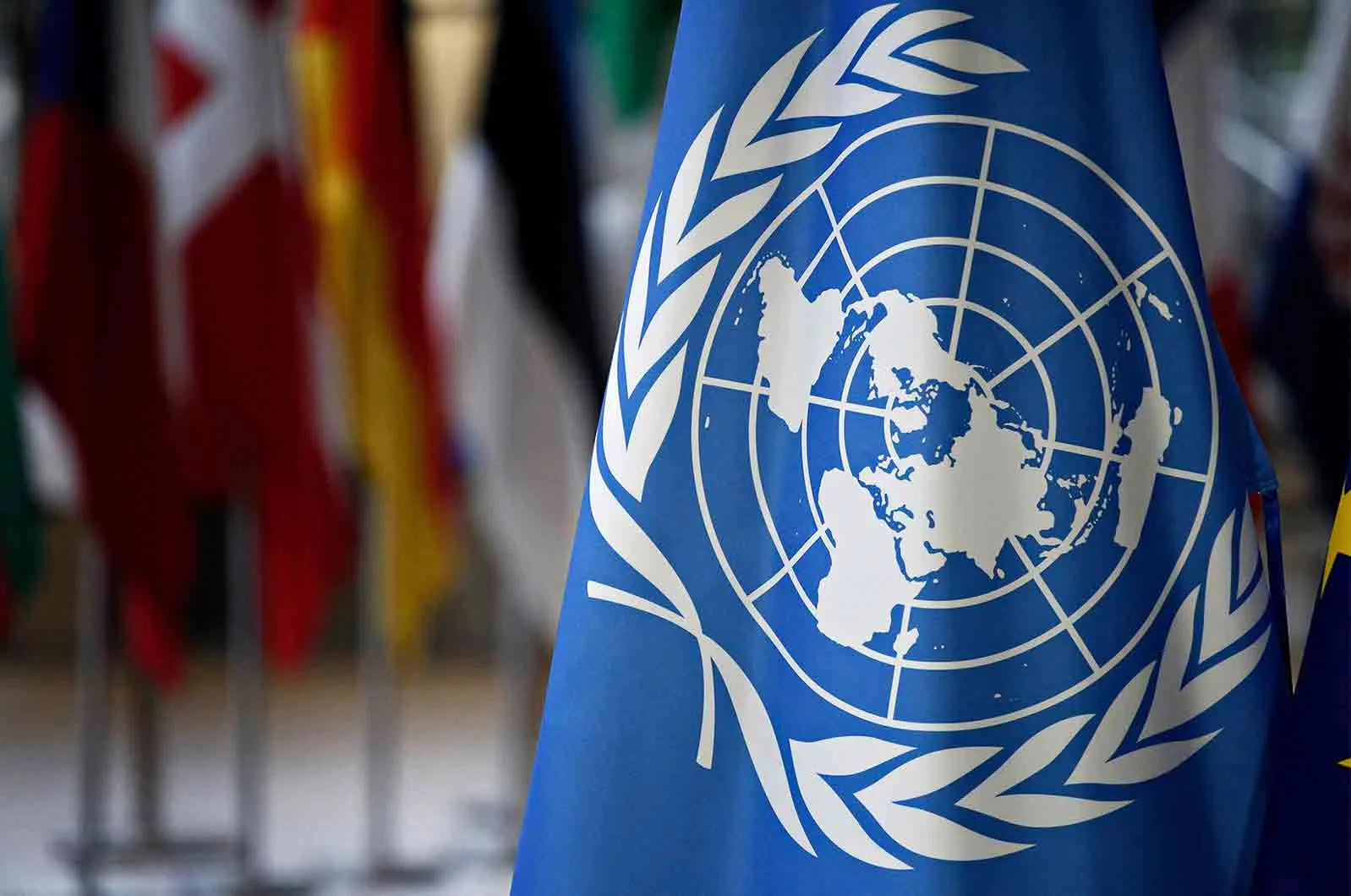
Uploading...

The Six Official UN Languages
Across the world, language plays a massive role in forming cultural identities. Likewise, languages play a particularly significant role in the United Nations (UN). The UN is an intergovernmental organisation that aims to maintain friendly relations between member nations and has six official UN languages. These UN languages are Arabic, Chinese, English, French, Russian, and Spanish.
Clear communication on issues of global importance should be in place, and the UN languages have been chosen specifically for this purpose. At times, unofficial language can be used to make a statement. However, the information will be immediately interpreted into one of the official United Nations languages and ensure clear and concise communication.
This article will discuss the importance of each official UN language in more detail and why these languages were chosen to represent the member states. Each of the official UN languages also has its own language day, and you can learn more about the celebrations here!
1. The Arabic Language
The Arabic language is one of the official languages of the United Nations. Arabic is a Semitic language dating back to the 1st and 4th centuries CE. Unlike all other UN languages, Arabic wasn’t made an official language when the UN was first established in 1945. It was instead made an official UN language and working language for the General Assembly in 1973.
Arabic is the primary language of the Arab World and the sacred language of Islam. There are 32 varieties of Arabic today, and an estimated 422 million people speak some form of the language. In fact, it is the fifth most spoken language in the world and the fourth most used language online. Uniquely, Bloomberg Businessweek named Arabic as the fourth most useful language for business.
The Arabic Language Day is marked on 18 December. This coincides with the day in 1973 when the General Assembly of the United Nations adopted Arabic as its sixth official language. The day celebrates this world language and promotes the growing cultural diversity across the globe.
2. The Chinese Language
Chinese is also one of the six official UN languages. The Chinese language is a group of languages that constitute the Sinitic branch of Sino-Tibetan languages. About 1.3 billion people speak some form of Chinese as their first language. While many native speakers consider the varieties of Chinese to belong to one language, linguists consider them to be different languages.
The version of Chinese used in United Nations communications is Mandarin. This is the official language of the Republic of China, adopted in the 1930s. Also known as Standard Chinese, Mandarin promotes simplified characters. The UN added Chinese to its list of official languages in 1945. Like Russian, Mandarin wasn’t made a working language until later, in 1973.
Like the UN languages already mentioned, the Chinese language also has its day of celebration. Chinese World Language Day falls on 20 April to pay tribute to Cangjie, a mythical figure who invented Chinese characters about 5,000 years ago. It falls in conjunction with Guyu, a traditional celebration of Cangjie in Chinese culture.
3. The English Language
Adopted in 1945, English is another official language of the United Nations, and the most spoken of all the UN languages. Various communities across every continent use English, making it another world language. According to 2016 statistics, 1.1 billion people speak English as their first or second language. It’s also the third most spoken native language, with 400 million native speakers worldwide.
English is a West Germanic language originally spoken in early medieval England. It has developed over more than 1,400 years and has transformed from old English to modern English versions. There are now many dialects of English spoken on all continents, including British English, American English, Canadian English, South African English, Australian English, and Indian English.
English Language Day falls on the 23 April each year. The date marks both the birthday and death day of the famous writer William Shakespeare. The day is part of the Department of Global Communications’ 2010 initiative to celebrate multilingualism and cultural diversity around the world.
4. The French Language
French has been one of the six official UN languages since the UN was founded in 1945. It was chosen as a language of the United Nations as it is widely used. In fact, French is an official language in 29 countries across multiple continents and is therefore considered a world language. There are about 274 million fluent speakers across the globe, of which 76 million are native French speakers.
Unsurprisingly, France has the highest number of native speakers, yet its global usage puts French as the second most spoken of all UN languages. In an article published by George Weber in Language Today, the French language reached second place in “The World’s 10 Most Influential Languages”. This is based on the number of speakers, the economic power of the countries that use the language, and the prestige associated with mastering the language.
French Language Day falls annually on 20 March to pay tribute to 20 March 1970, the day of formation of the Agency for Cultural and Technical Cooperation (ACCT). Later, it became the International Organisation of the Francophiles (IOC). The organisation aims to strengthen and promote the French language and its values.
5. The Russian Language
The Russian language is an East Slavic language that originated in Russia. It belongs to the Indo-European language family and is widely spoken in Eastern Europe and Central Asia. It was made one of the original languages of the United Nations in 1945. But unlike English, French, and Spanish, it wasn’t considered a working language of the General Assembly until 1968.
Russian was chosen as one of the UN languages as it is the most spoken Slavic language. There are an estimated 250 million speakers worldwide. It also has the highest number of native speakers in Europe and is the most disseminated language throughout Eurasia. It is the seventh most spoken language of native speakers worldwide and the eighth most spoken language in general.
Like the other official UN languages, Russian has its own world language day. Famously, Russian Language Day falls on 6 June. It coincides with the birthday of the great Russian poet A.S. Pushkin, who is considered the father of the Russian language.
6. The Spanish Language
The last on the list of official UN languages is Spanish, which has been officially used since 1945. The UN chose Spanish as one of its initial languages as Spanish is another world language. It is the primary language in 20 countries worldwide on several continents. This includes several member states of the United Nations, such as Mexico, Argentina, Colombia, and Spain.
Overall, there are an estimated 463 million native Spanish speakers worldwide. This makes Spanish the second most spoken language by native speakers globally, falling only after Mandarin. An additional 75 million people speak Spanish as a second language, making it the fourth most popular second language in the world. It is also the third most studied language worldwide!
Astonishingly, Spanish Language Day falls on the same day as the English language celebration on 23 April each year. This date has been chosen as it is the anniversary of the death of Miguel De Cervantes, a renowned Spanish writer. Likewise, it is a day that celebrates the awareness of the language throughout the United Nations and the world in general.
Renaissance Translations Translates the UN Languages & More
The six official UN languages are each considered a world language. There widely spoken by United Nations member states, and the UN uses these core languages to ensure smooth communication when conducting global affairs.
If you need professional translation services in any of these languages or others, please contact Renaissance Translations. Our company is member of the Association of Translation Companies in England as well as SDL LSP Partner Programme. We offer professional translation in multiple language pairs such as English to French, French to Spanish, English to Chinese, English to Arabic or else. We are always available to help you with all your translation needs. Request a translation quote online today.
Related Posts


© Copyright 2023 Renaissance Translations Ltd | Company Registration No. 07472408 | VAT Registration No. 313 4632 33


